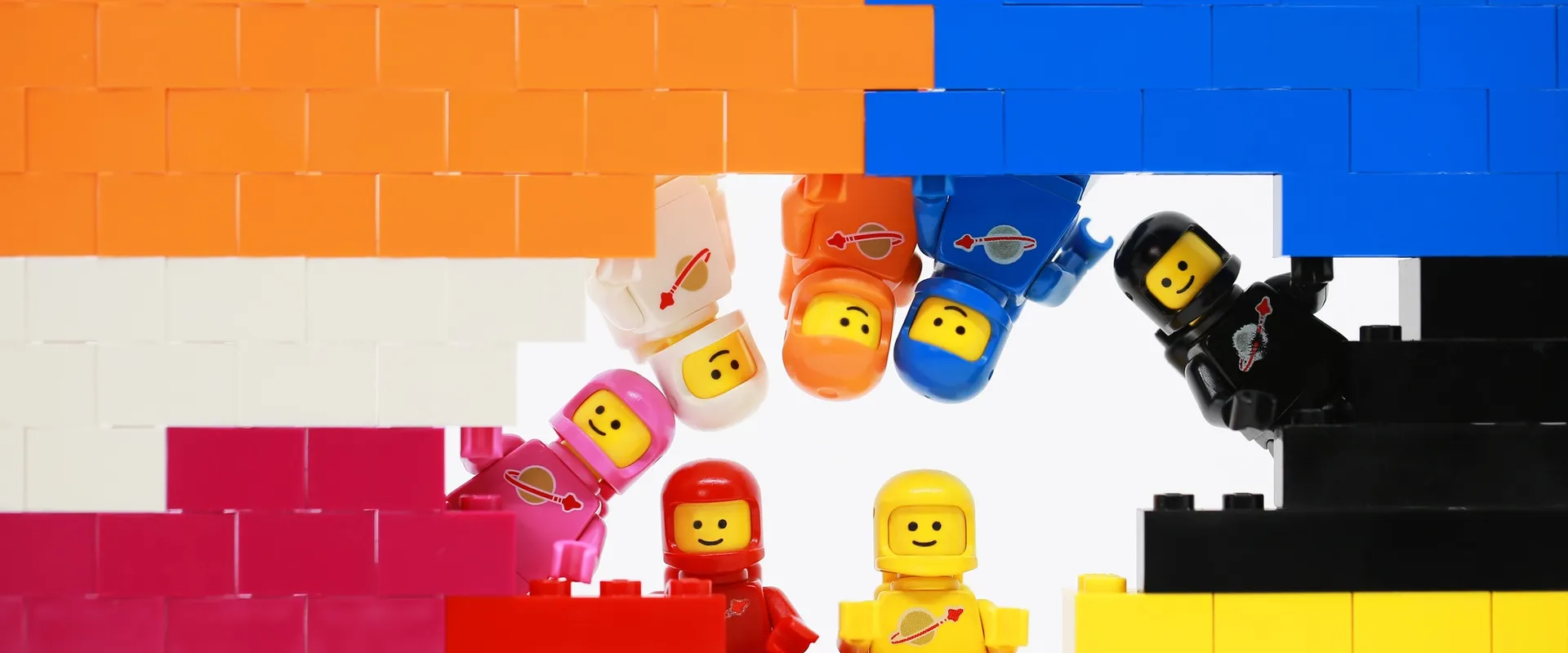Where are the power imbalances in your classroom and how can you help rebalance the harmony?
The social side of school; friendships, our place within those friendships and our sense of belonging within the school, plays a huge role in how settled and safe children feel, and consequently, how ready they are to engage in their learning.
As your class settles into the rhythms and routines of the new school year, have you begun to notice the natural power imbalance that occurs in the children’s friendships and relationships?
You may have noticed which children are respected by all their peers, which children have moments where they frequently clash and especially which children naturally take a lead in their interactions with others. In these observations you are witnessing the balance of power - by acting early to any imbalances and providing children with the necessary skills to respond respectfully, you have the opportunity to create a harmonious classroom environment based on mutual respect and positive relationships.
Noticing
Identify 1 child in your classroom who appears to assert themselves more commonly over others (we’ll call them the ‘leader’) and 1 child who may often take a ‘back seat’ (we’ll call them the ‘follower’)
Identifying why
Several factors can influence power dynamics among children, including:
• Age and development: Older or more developmentally advanced children may exert more control and influence over younger or less advanced peers, affecting power dynamics (Sullivan, 2017).
• Social skills and popularity: Children with strong social skills and perceived popularity may hold more influence in their interactions and friendships, impacting the balance of power (Cillessen & Marks, 2011).
• Cultural and societal norms: Cultural expectations regarding gender roles, social hierarchies, or family structures can also affect power dynamics among children and their interactions with one another (Chung, 2005).
Discussion
Discuss with a colleague why your 2 identified children find themselves in a power struggle?
Consider: Is your ‘leader’ compensating for a perceived lack of respect in other areas of their schooling/education? Does your ‘leader’ have the skills to make other children feel listened to when they assert themselves? Does your ‘follower’ have low self-esteem? What scenarios do you know of when your ‘follower’ is more confident to take a lead.
Do you think both children’s relationships and wellbeing are positively or negatively impacted by the power struggle?
Suggestions to try
- Pupil voice: Discuss the term ‘Power imbalance’ with the children. What do they think it means? How does it apply to them? What does it look like to take the lead? Ask children whether they think they are someone who takes more of a lead or less of a lead.
- Role play: Help children to see a scenario from someone else's perspective. Have the natural leaders enter a scene in which they aren’t listened to; their opinions are asked for but completely ignored - then discuss what could have been done to make it feel nicer. Use this moment to teach the difference between being respectfully assertive and aggressive.
- Role model it: Children learn just as much from what they see adults do. Take moments to demonstrate collaborative decision-making, respectful listening, and restorative conversations in your own interactions.
- Engaging bystanders: Encourage children to speak up when they see a consistent power imbalance - Children who support others through a power struggle are far less likely to be involved in bullying behaviours themselves, Salmivalli, Voeten, and Poskiparta (2011).
- Spotlight the supporters: Notice and celebrate when children stand up for fairness or give a voice to someone who might otherwise be left out. Naming these moments helps them become seen as the norm.
Which of these suggestions feels the most achievable and the most impactful?
Agree with another colleague which suggestion(s) you are going to implement and check in with each other to compare the impact of them across the next half term.
Extra thoughts and questions to play with
Do you address power imbalances in your school or are they considered a natural occurrence that plays out?
How do we talk about power imbalances in school?
How open are we in general about the power imbalances we observe?
When we observe a power imbalance, how do we identify the cause of it?
What is the best way to address a power imbalance when it begins to negatively impact the children? Can you utilise restorative conversations?
Final thoughts
As your children settle into their relationships for this year, it is important that any power imbalances that begin to form are identified and resolved quickly. When they are allowed to become the norm, it can negatively affect children’s wellbeing and their ability and willingness to engage in school life. Even further down the road it can lead to bullying and longer life impacts on the children.
